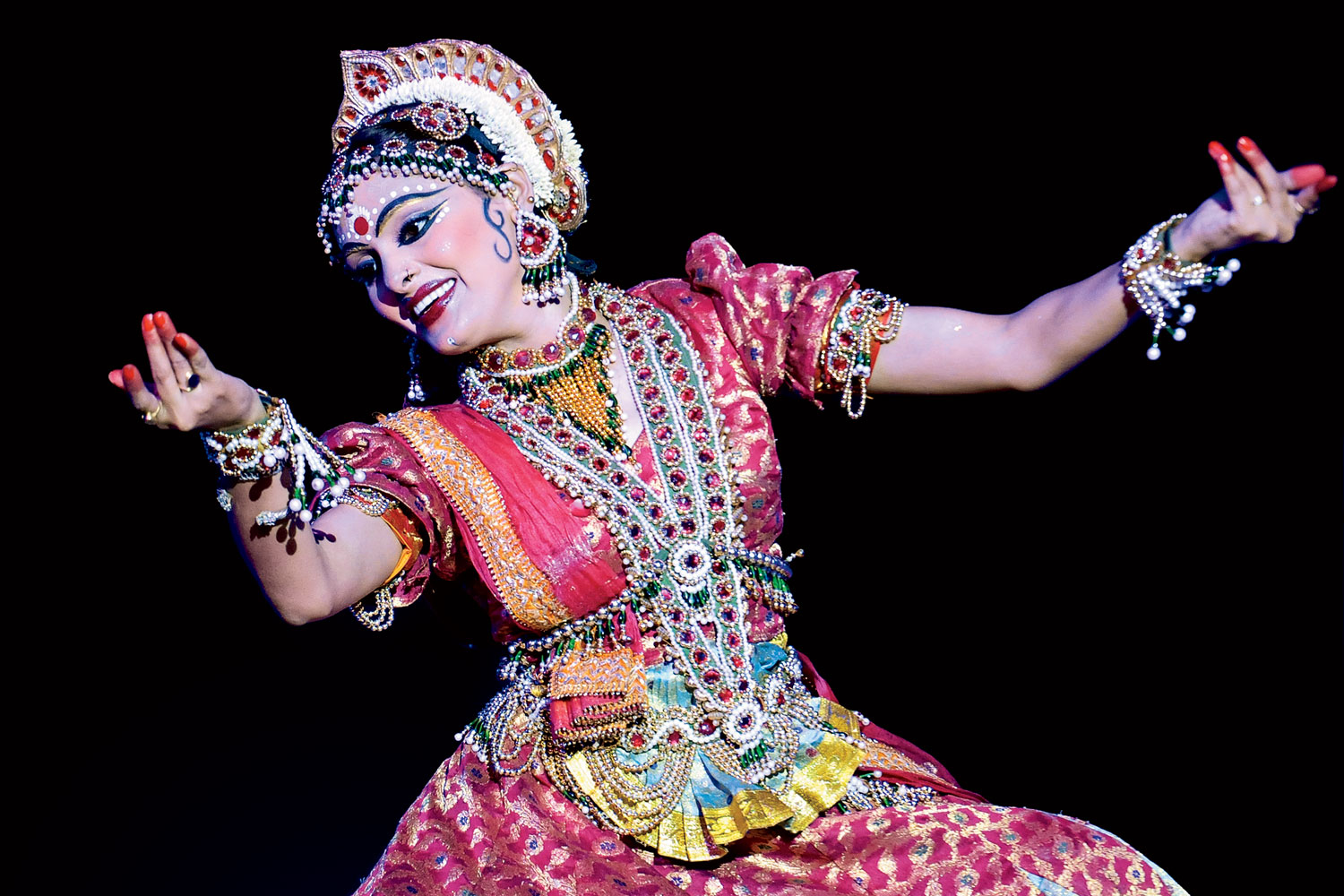
Your Guide
Anuradha Behari, founder of Chicago’s Eye on India festival
Flight time:14 hours on Air India
When to go:October
Good weather, lots of festivals
Where to stay:The Imperial
A centrally located colonial-style gem. From $272; Janpath Lane, Connaught Place; theimperialindia.com
New Delhi has always been at the center of things. For years it was the seat of the Mughal empire, the very heart of that civilization’s flourishing culture. It later became the capital of British India. And now it’s home to the government of the modern Indian state. (New Delhi is the capital city, and Delhi is the district it’s in, but locals use the names interchangeably.)
You could spend a lifetime exploring Delhi, but strolling through the capital’s arts district is a good first foray. The arts scene is thriving, born of a noncommercial culture that’s worlds apart from the glitzy entertainment industry in Bombay (which is what I still call Mumbai). Growing up in Delhi, I used to do this short walk almost every day, and I never get tired of it. I always start at the Bengali Market. It’s not that large—about 20 shops facing a small roundabout—but it’s famous for its street food. Locals come for chaat, or savory snacks, like chole bhature (chickpeas with fried bread), at the vendors Bengali Sweet House and Nathu’s Sweets.
From the market, I head south on Tansen Marg to Triveni Kala Sangam, an arts complex designed by the American architect Joseph Allen Stein. It’s open to the public, so you can walk in and browse the galleries or, if you time it right, catch a music or dance performance. Next door stands the Shri Ram Centre for Performing Arts, where I used to see Hindi plays, like Piya Behrupiya, a brilliant adaptation of Shakespeare’s Twelfth Night. If you continue south, past another traffic circle, you’ll find the National School of Drama, the most prestigious place to study theater in India.
Just a block or so to the west, on Firoz Shah Road, is perhaps my favorite stop on the walk: the Sahitya Akademi, India’s national library and academy of letters. Its tranquil grounds are a hidden sanctuary right in the center of the city. I used to go there with my mother, who was a writer, and would wait for her in the gardens or browse the collections—the academy’s holdings include works in 24 languages—and the striking sculptures and architecture.
Delhi, whose population is now close to 20 million, is hurtling toward becoming a globalized metropolis. But for me this walk celebrates a side of the city that is classic and timeless.



